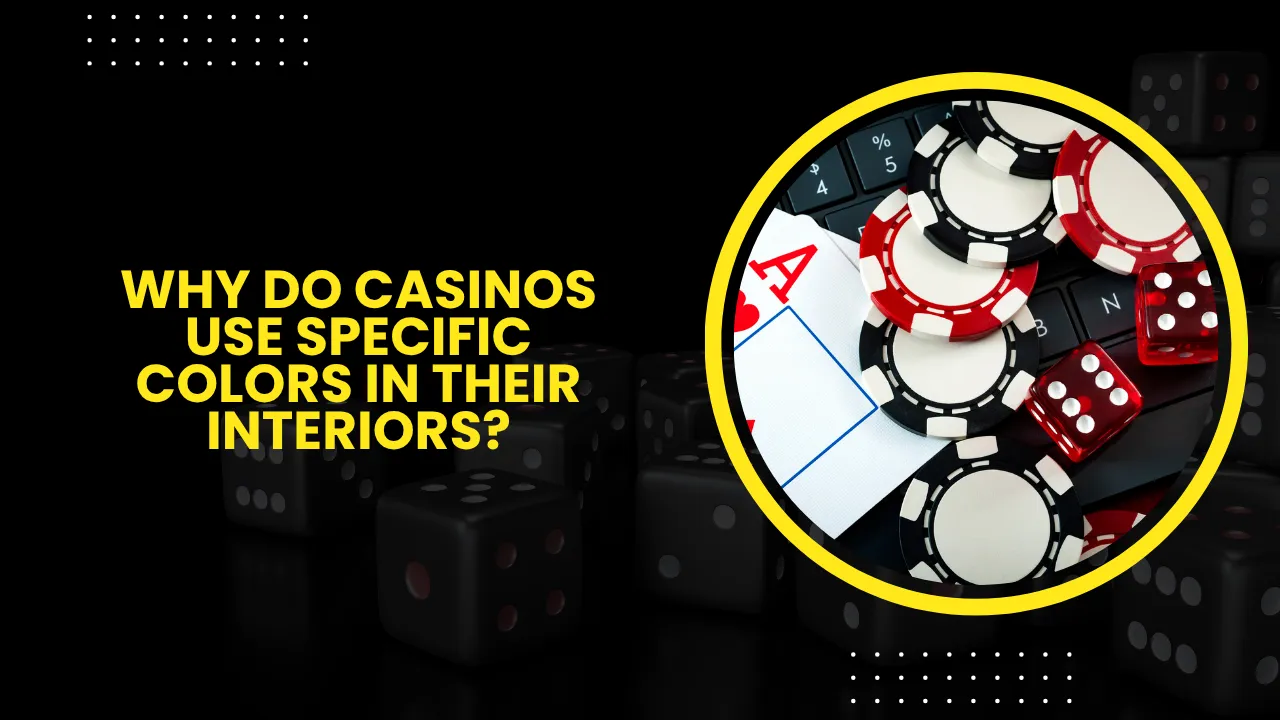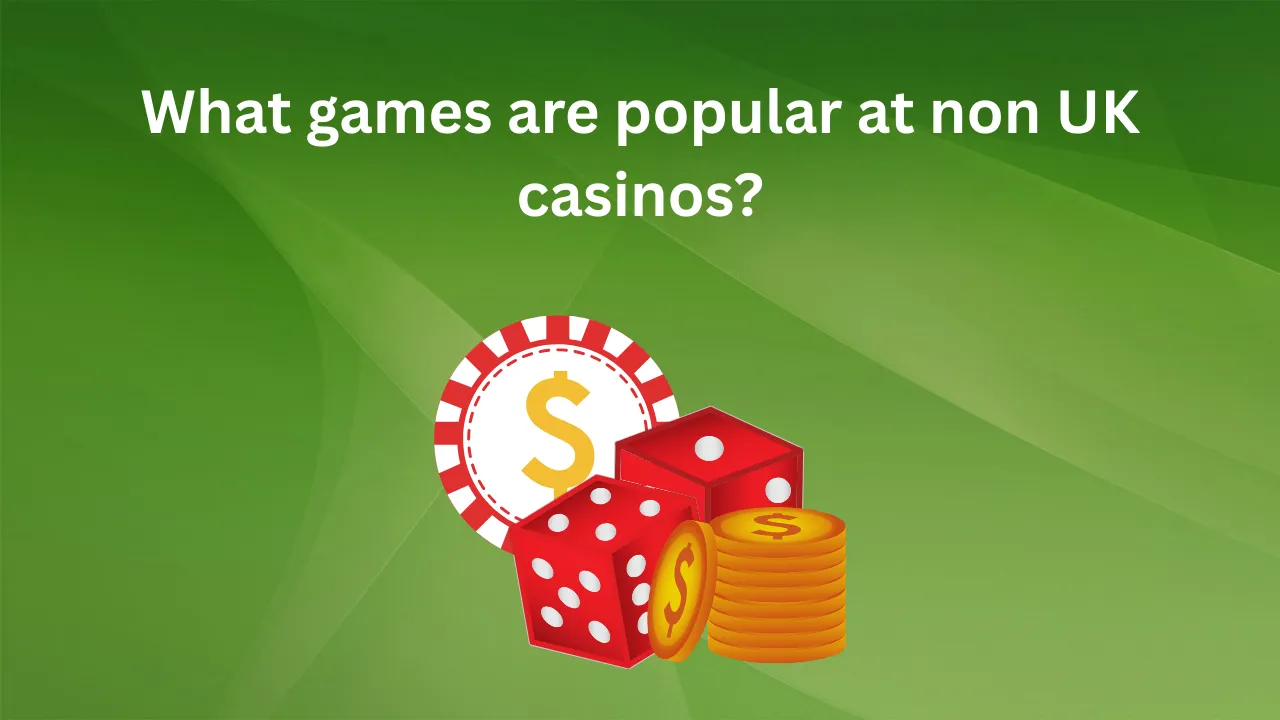Step into any casino in Las Vegas, Macau, or Monte Carlo, and you’ll quickly notice something fascinating — the colors. Whether it’s the deep reds of the carpets, the golden glows of chandeliers, or the subtle greens around gaming tables, these choices are not random. Casinos are some of the most carefully designed environments in the hospitality industry, and color plays a crucial role in shaping the atmosphere, influencing player behavior, and enhancing the overall experience.
Having studied the psychology of spaces and observed how casino layouts work, I can say that color schemes are more than just about aesthetics. They are a carefully orchestrated tool to stimulate emotions, encourage longer play, and create a sense of luxury. But why do casinos prefer certain palettes, and what does science have to say about it? Let’s break it down.
The Psychology of Red and Gold
Walk into a traditional casino, and chances are the dominant color theme you’ll encounter is red. Red has long been associated with excitement, energy, and passion. In psychology, red is also known to increase heart rate and create a sense of urgency. This works perfectly in a casino setting, where the goal is to keep players energized and engaged with the games around them.
Gold is another staple color, often used in accents, lighting, or décor. Gold symbolizes wealth, success, and luxury. It creates a perception of high value, encouraging players to feel they are part of something glamorous. When paired with red, gold elevates the atmosphere into something both opulent and energizing, giving players the impression that fortune is within their reach.
It’s no accident that red and gold dominate Asian casinos in particular. In Chinese culture, red symbolizes prosperity, while gold represents good fortune. Together, these colors tap into both cultural symbolism and universal psychology, making them a powerful duo in casino interiors.
Creating Comfort with Blues and Greens
Not all areas of a casino are designed to be high-energy. Casinos also use cooler tones like blue and green strategically. These colors are associated with relaxation, trust, and calmness. You might find them in lounges, restaurants, or areas where players need a break from the intense gaming environment.
Green is also symbolic in the gaming world because of its association with money and luck. That’s why blackjack and poker tables are traditionally green felt. It’s a subtle cue that connects play with prosperity, while also providing a calming backdrop that balances the excitement of betting.
Blue, on the other hand, can often be found in lighting and design elements that create a soothing effect. This helps casinos keep players comfortable, ensuring they don’t feel overwhelmed by the constant energy of the gaming floor.
Color as a Tool for Player Engagement
Casinos aren’t just places to gamble; they’re immersive environments. Every design choice is meant to keep players engaged for as long as possible. Colors play a major role in this strategy.
Warm tones like red, orange, and yellow are used to create stimulation and excitement. These colors encourage people to stay active, make faster decisions, and keep playing. Cooler tones like blue and green balance this by reducing fatigue and giving players subtle moments of rest. The balance is crucial: too much stimulation could lead to burnout, while too much calm might discourage play.
Modern casino designers even use lighting technologies to adjust color tones throughout the day and night. This creates a seamless 24/7 environment where players lose track of time — a well-known psychological tactic casinos employ to keep their floors buzzing with activity.
The Link Between Colors and Modern Casino Trends
As casinos evolve, so do their design choices. Online casinos have also picked up on the importance of color psychology, creating interfaces that mimic the excitement of land-based venues. For example, online slot platforms often use vibrant reds and golds in their graphics to create the same sense of urgency and luxury.
Interestingly, the rise of no KYC casinos has also shown how digital platforms are adapting design psychology. These casinos emphasize speed, convenience, and accessibility, and their color schemes often highlight trust-building tones like blue and green to reassure players of safety. By combining modern values with traditional color psychology, they deliver a familiar yet innovative experience.
Cultural Symbolism in Color Choices
Different regions of the world interpret colors differently, and casinos design their interiors with these cultural nuances in mind. For example, as mentioned earlier, red and gold dominate in Asia because of their symbolic association with prosperity and good fortune.
In Western contexts, deep greens and blacks are often associated with sophistication and class. This explains why luxury casinos in Europe often favor darker, moodier tones in their interiors, creating a more refined and exclusive atmosphere.
By tailoring color palettes to cultural expectations, casinos ensure that their environments resonate emotionally with players, no matter where they are in the world.
The Future of Casino Design and Color Psychology
As technology advances, casinos are beginning to experiment with dynamic environments. LED lighting systems can now shift color tones depending on the time of day, the crowd size, or even the type of event taking place. This flexibility allows operators to create more personalized experiences, keeping interiors fresh and engaging.
Virtual reality (VR) casinos are also exploring color psychology. Designers are building immersive VR environments that rely heavily on red, gold, and green to create digital spaces that feel just as stimulating as the real thing.
Ultimately, while the materials, technologies, and layouts may change, the importance of color will remain central to casino design. It’s one of the most powerful tools for influencing mood, behavior, and perception, ensuring that players continue to associate casinos with excitement, luxury, and the possibility of winning big.
Conclusion
Casinos don’t use specific colors by chance — every shade and hue serves a purpose. Red stimulates excitement and urgency, gold conveys wealth and luxury, green connects to luck and money, and blue provides calm and trust. Together, these colors create environments that keep players engaged, comfortable, and immersed in the experience.
Whether in the lavish interiors of a land-based venue or the digital interfaces of an online casino, color remains a subtle but powerful force. As design continues to evolve, one thing is certain: the psychology of color will always be at the heart of how casinos create unforgettable atmospheres.








